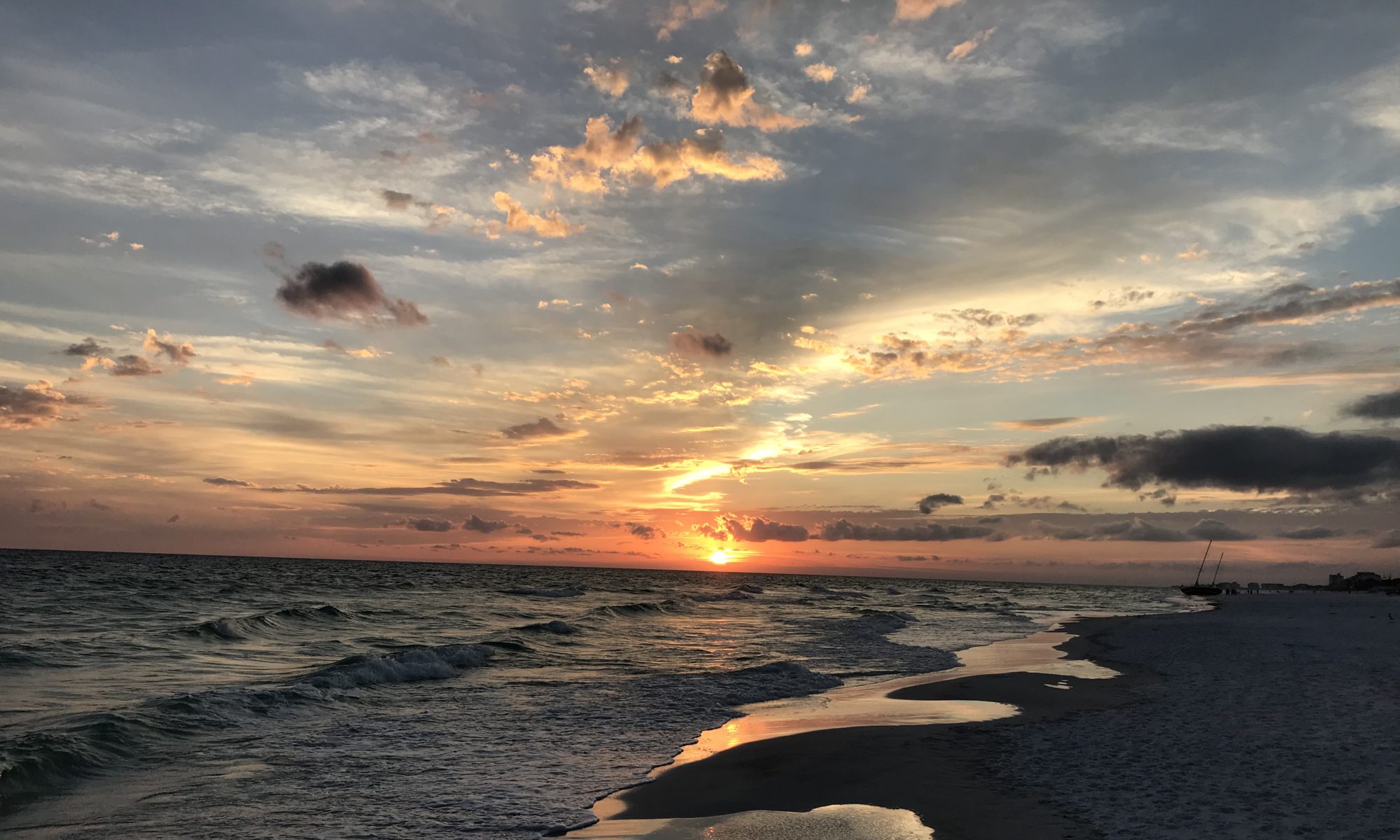One of my many hobbies is Amateur (Ham) Radio. And a sub-section of the hobby is setting up a portable radio station in a park and making as many contacts as possible with other ham operators. While I have been a “Hunter” for several months, this was the first time activating a park and have the hunters look for me. I selected a local state park, made reservations for four nights, and had a blast. My radio callsign is KC9LC.
Claytor Lake State Park
This is a great little park only 20 minutes from our home. They have some good hiking trails, fishing, camping, and even a swimming beach during the summer months. It is limited for RV spots on the larger size. And they stay booked up for the weekends year round. I was able to pick up a Sunday through Wednesday reservation for a site that would fit.

This is one of the many nice park shelters 


The lake is quiet during the week. It can get busy on weekends. 
My plans are to load up just what I needed (with Pat’s help of course) and stay at the park by myself while Pat stays at home in the peace and quiet. The four days were to be filled with many hikes and playing with the radio.
The Set Up
We pulled into the park at about 2pm with the big F-350 dually pulling the 41 foot fifth wheel coach. Our campsite was perfect. Long enough for the rig, truck, and next to the woods. It takes us about 30 minutes to disconnect the trailer, level with the hydraulic legs, extend the slides, and connect electric and water.
Then we loaded all supplies and equipment from our vehicles into the RV. After about an hour we were all done and Pat was on her way back home. That’s when I got the radio gear out and begin that set up.
It took maybe another hour to assemble the antenna, a Hustler 4BTV. This is a 22 foot four band antenna that weighs only 15 pounds, so is easy for one person to assemble and install. When we are stationary in the RV I install the antenna on the back ladder. If I have some extra room then I will add some radial wires as a counterpoise for the vertical antenna. If not, the RV frame does a decent job when grounding the antenna to it. LINK
The radio is an Icom 7300 using a Icom SM-8 microphone. I used a 12 volt power supply instead of battery since I had access to power in the RV.

The final piece is my laptop computer running N3FJP software called Amateur Contact Log. This is a logging program to enter each contact capturing date, time, mode, and signal reports. It will also compile the data and format a file to upload to the Parks On the Air (POTA).


POTA
This aspect of the ham radio hobby has become a fantastic addition. I’ve mentioned it before in this blog, but will summarize it again here. Basically, the activators go out to the registered parks, set up their equipment, and make contacts with as many hunters as possible. The hunters are at their home stations.
I started with the program in May and now have 760 contacts made as a hunter into 482 unique parks. It can be quite addictive, but I can quit at any time. Really I can. 🙂

A group of volunteer guys developed the rules and a software to keep track of each members statistics. The rules are very simple and the website is very easy to use. LINK
Hiking
Claytor Lake SP has some very good hiking trails. Some uphill grades, some flat, and many scenic views. I hiked 3-4 miles every morning until it got too hot. And these were some very warm days.

The food was top notch as well during my stay. Pat had done all the shopping. All I had to do was cook it.
How it Works
Qualifying parks are state and national parks including most federal parks or preserves. It is super easy to look up a park by name or map to determine if it is eligible and the park boundaries.

The POTA process is very simple. The activators will select their park and then schedule their activation in the website to let others know of a particular park and state being activated.

Then when they begin to operate they are added to the “spotted” page by themselves or others to let everyone know they are live and the frequency to be found on. About 30 seconds after the spot was posted the pileups began. I estimate that 50 or more other ham stations were trying to call me at once. I was lucky to be able to pull out a few letters from the callsign. All others then stood by until I got the full callsign and we exchanged signal reports.

After the activation is over, the activator station will format their log file into the correct computerized format. Then upload the file into the website. Once uploaded, all the hunter stations get instant “credit” for the contact that will count toward awards and certificates. Just all for fun.
The Results
For my activation at Claytor Lake State Park, park #1295, I logged well over 500 contacts (QSOs), but after duplicates were automatically sorted out the final tally was 497. Not bad for my first try. Of course, this was over the four days of my stay at the park.

Wrap Up
Thanks for following along! The extreme hot days of August are finally over and we are enjoying the cool, fall-like temps and humidity. This is my time of year.
73 from KC9LC – Randy – Take care and God Bless.






Interesting, Randy.
Thanks Bill